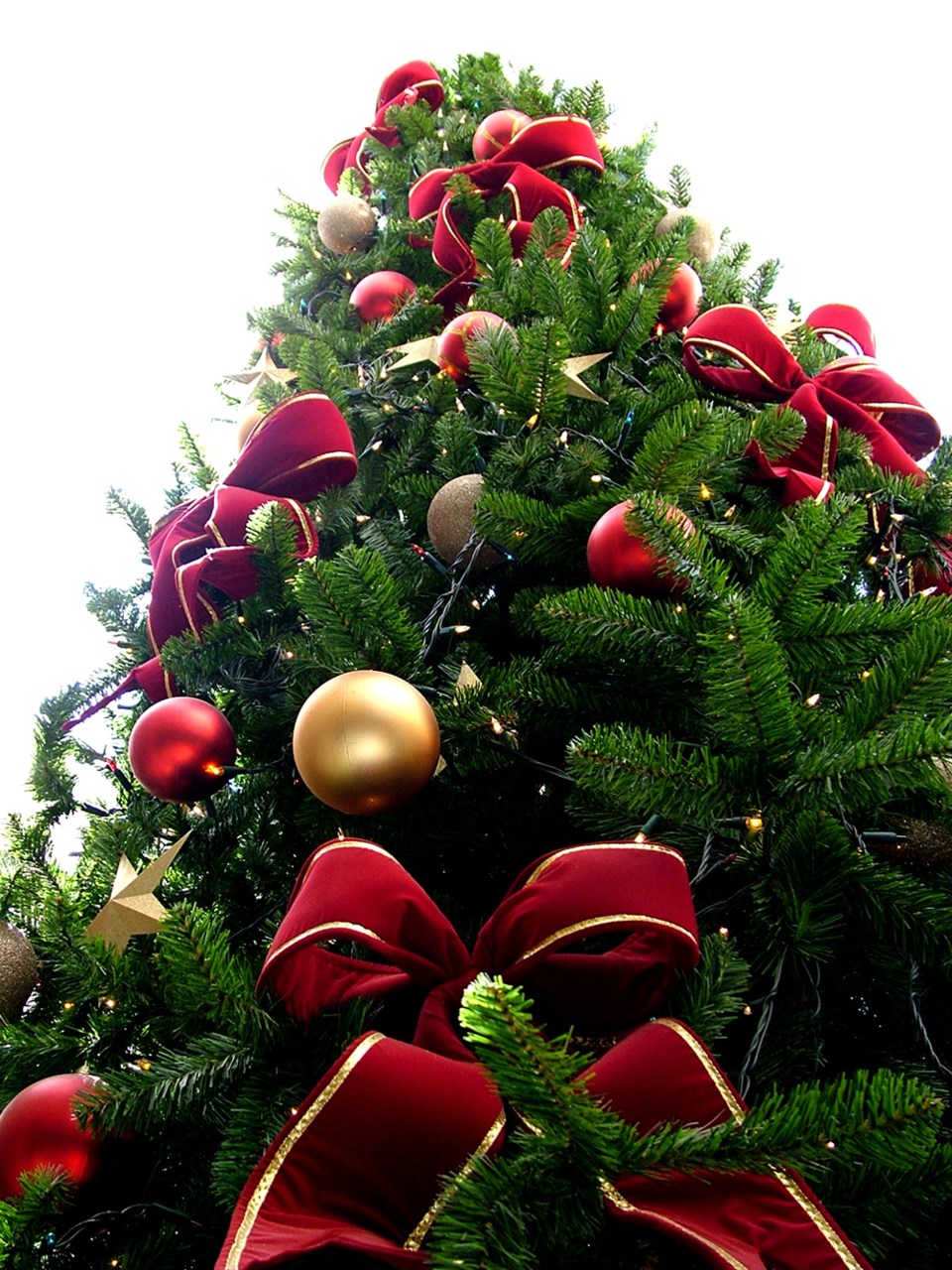The joyful trip with children out to a Christmas tree farm to choose your own tree and enjoy hot chocolate and a bonfire is a treasured memory for many parents and grown-up children. Every year thousands of families still enjoy it.
But people who have smaller dwellings and changed lifestyles have moved the traditional Christmas tree out of living rooms into more imaginative places. More frequently now yuletide decorations call for less work and more imagination.
Live tabletop trees are everywhere – a few have enough separation between branches to handle a handful of dangling ornaments but most do better with clip-on pieces, garlands or/and mini lights.
It’s tempting to think of that little tree thriving later out on a balcony, patio or deck. Getting it ready for that means repotting into a slightly larger container and limiting its time inside to about 10 days.
Almost all containerized conifers will need frequent watering, and a north or east location is best. South or west-facing places are likely to be far too hot and dry in summer.
People with a sizable balcony or patio could always get a full-size cut tree and stand it outside in full view of their living area. Outside lights and garlands work well, but some garden centres also have rugged, beautiful and large decorations for outside trees.
Christmas evergreen branches with or without berries are also available at garden centres. It’s possible to get a lovely doubling effect if a vase of Christmas greens plus ornaments is placed in front of a mirror.
For older people, the well-loved ornaments of Christmases past can be placed on these Christmas branches. It’s sometimes tempting to add candles – but it’s much safer if they stay unlit. Conifer branches can get as dry and dangerously flammable as Christmas trees.
Regular misting helps these branches to stay fresh.
If sturdy strings can be looped from one secure spot to another, decorations can be hung on those too. This is often done with Christmas cards. Suction-based or stickable hooks are good supports where it’s not feasible to use screws or nails.
Breakable ornaments might do better piled in a basket and snuggled into Christmas greens or into a layer of decorative cones. Nice, inexpensive baskets can be found in thrift stores.
People who really want the floor-size version of a living Christmas tree need to know that they tend to be much smaller than cut trees and very heavy to lift because of the root ball with all those healthy roots. Inside, they need lots of water. Outside, they need the same semi-shade site and year-round watering as the living tabletop trees.
It’s important before getting any tree to measure the width of your space. It doesn’t improve your Christmas spirit if you get your tree home and discover it’s too wide to fit – and you can’t find your pruners.
Cut trees should be tested for dryness by checking a few needles. If they snap, the tree is too dry to be safe. When you’ve made your choice and it’s home, it helps to re-cut the tree’s end and dunk it in water. The tree stand should hold water and be refilled frequently. A cut tree drinks a lot.
Anne Marrison is happy to answer garden questions. Send them to her via [email protected] It’s helpful to add the name of your city or region.



